becuna
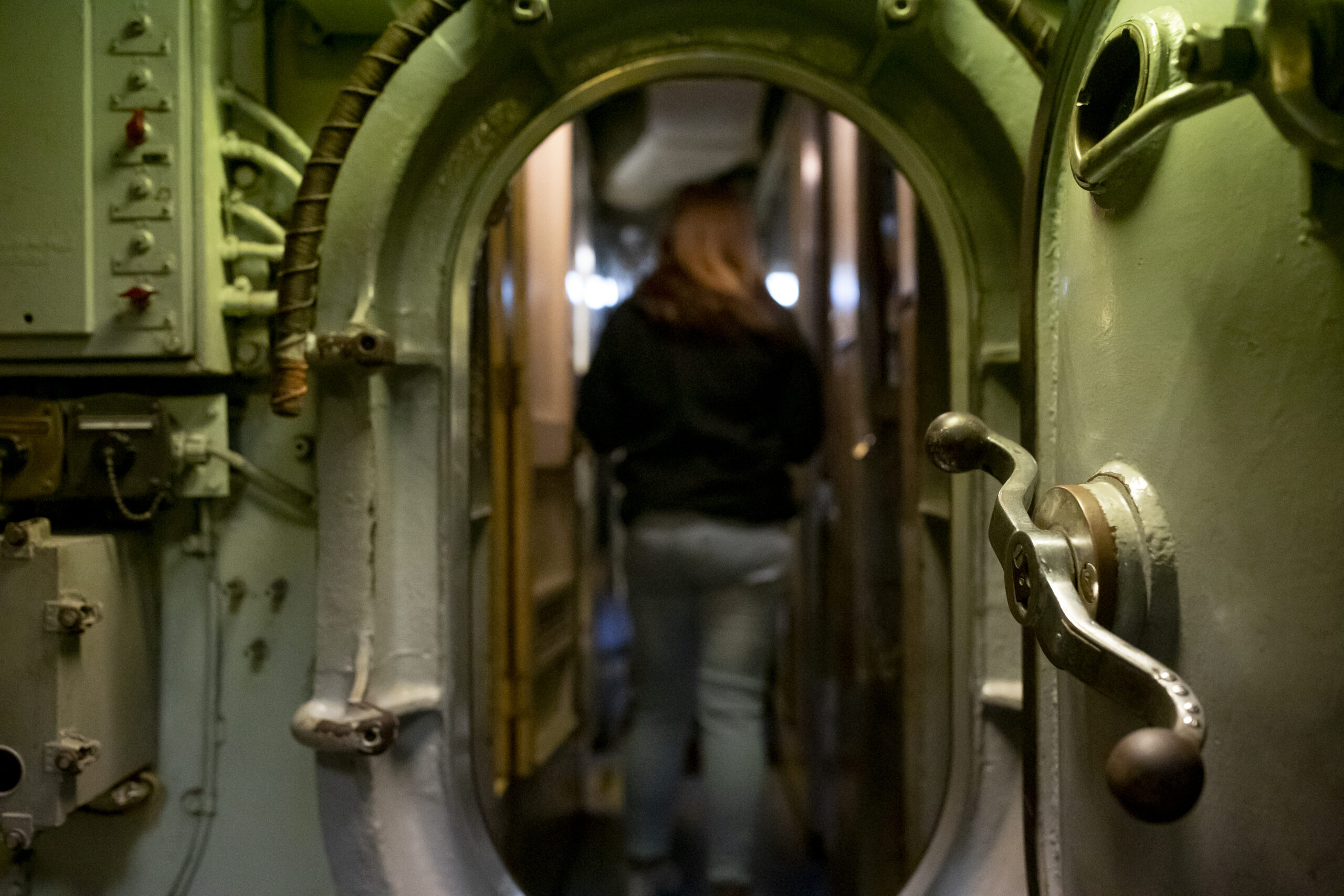
Becuna
Becuna, a World War II-era submarine, launched into service in January 1944, just nine months after construction started. “Becky” has called Philadelphia home since 1969. She was moved to Penn’s Landing and opened as a museum in 1976 as a part of the bicentennial celebration of the signing of the Declaration of Independence. She’s been docked alongside Olympia ever since.
CLIMB aboard
You’ve heard of immersive experiences, but have you heard of sub-mersive experiences? Don’t pass on the opportunity to tour a real-life submarine! After descending from Becuna’s top deck, you will find yourself in the Forward Torpedo Room, where the journey begins. While climbing through, with your tour guide’s help, visitors will learn about everything from crew life to the science and technology that make a submarine work! See where they slept (honestly, wherever they could fit bunks), where they showered (although not frequently…that space was reserved for more important things, like storing potatoes!), and where they played countless rounds of checkers and backgammon (be sure to ask your tour guide about the crew’s favorite movie aboard).
While she might seem small compared to her dockmate Olympia (she’s not small; she’s stealthy, we swear), Becuna’s service history is no less impressive. During her 25 years of service, the submarine fought in the Pacific during World War II, acted as a training vessel for the submarine school in New London, Connecticut, assisted in ice research above the Arctic Circle, and was part of the GUPPY modernization program (the only GUPPY 1-A submarine left in the world, we’d have you know!).
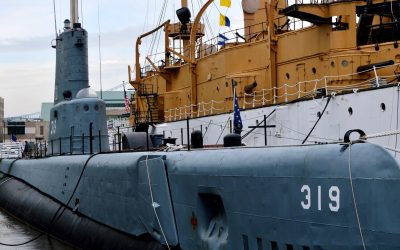
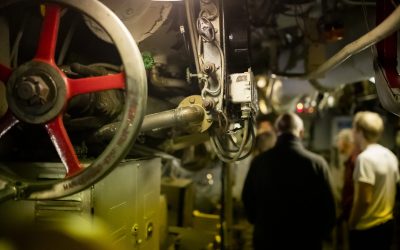
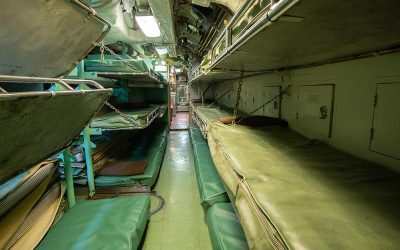
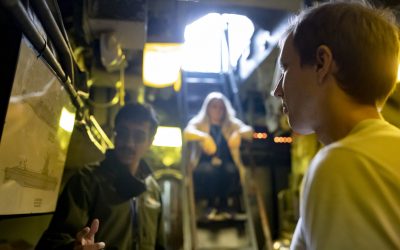
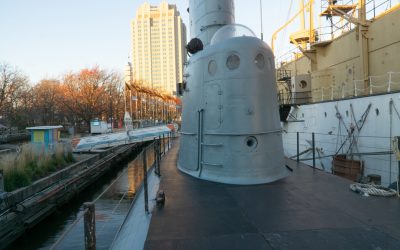
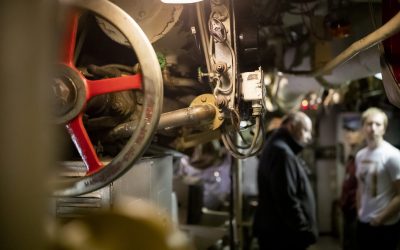
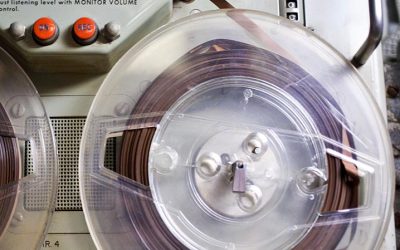
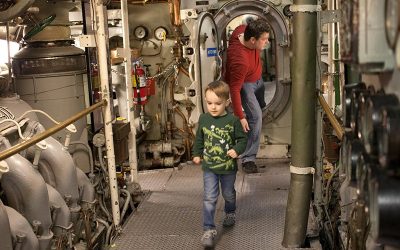
How to access Becuna
Guided tours of Becuna are included in the Admiral Dewey, Explorer, and Climb Aboard packages. Please note that due to physical demands, participants must be at least three (3) years of age to participate in the tour.
Disclaimer:
- While our building is ADA-compliant, please note that neither Becuna nor Olympia are.
- Becuna is a historic ship and, as such, does not have heat or air conditioning. We ask visitors to keep that in mind as they plan visits during what could be considered extreme temperatures. The museum will notify the public of any operational changes during extreme weather.
- For the safety of our visitors and staff, the historic ships may close without notice during inclement weather.
Further reading
To learn more about the history of the United States Navy and its submarine force, plus the time period Becuna served, we recommend the following:
- Blair Jr., Clay. Silent Victory: The U.S. Submarine War Against Japan (Annapolis: Naval Institute Press, 2001).
- Fluckey, Eugene. Thunder Below!: The USS BARB Revolutionizes Submarine Warfare in World War II (Champaign: University of Illinois Press, 1997).
- Friedman, Norman. US Submarines Through 1945: An Illustrated Design History (Annapolis: Naval Institute Press, 2021).
- Friedman, Norman. US Submarines Since 1945, Revised Edition: An Illustrated Design History (Annapolis: Naval Institute Press, 2018).
- Holwitt, Joel Ira. Execute Against Japan: The US Decision to Conduct Unrestricted Submarine Warfare (College Station: Texas A&M University Press, 2013).
- Leary, William M. Under Ice: Waldo Lyon and the Development of the Arctic Submarine (College Station: Texas A&M University Press, 1999).
- Lockwood, Charles A. Sink ‘Em All: Submarine Warfare In The Pacific. (Boston: Dutton, 1951).
- O’Kane, Richard. Clear the Bridge!: The War Patrols of the USS TANG (Novato: Presidio Press, 1996).
- Sontag, Sherry and Christopher Drew, editors. Blind Man’s Bluff: The Untold Story of American Submarine Espionage (New York: PublicAffairs, 2016).
visit the seaport museum
Immerse yourself in award-winning exhibitions and climb aboard the Olympia, a nineteenth-century cruiser, and the Becuna, a World War II-era submarine.

